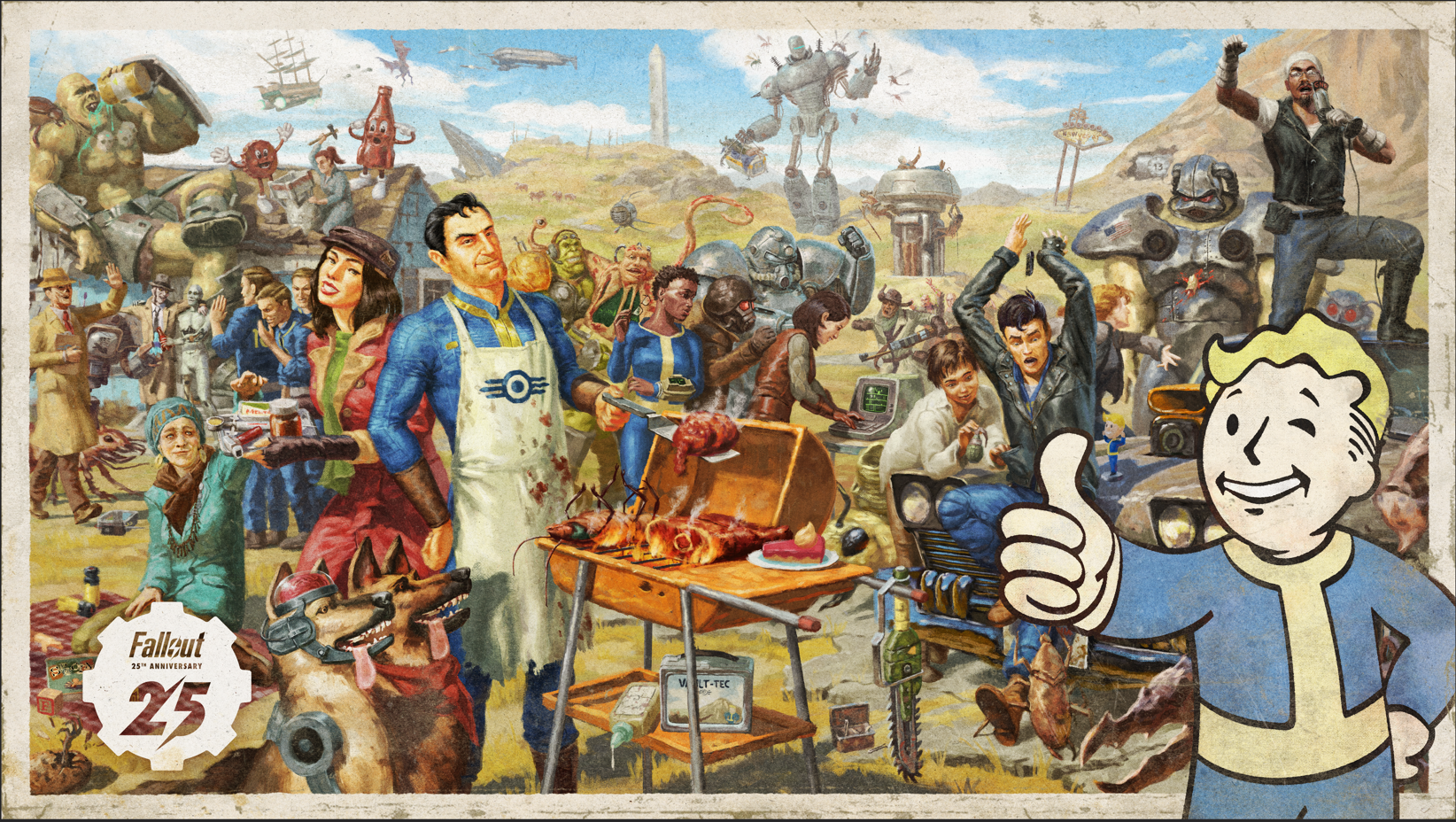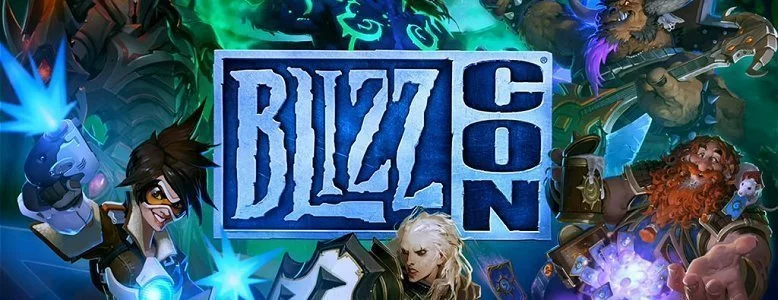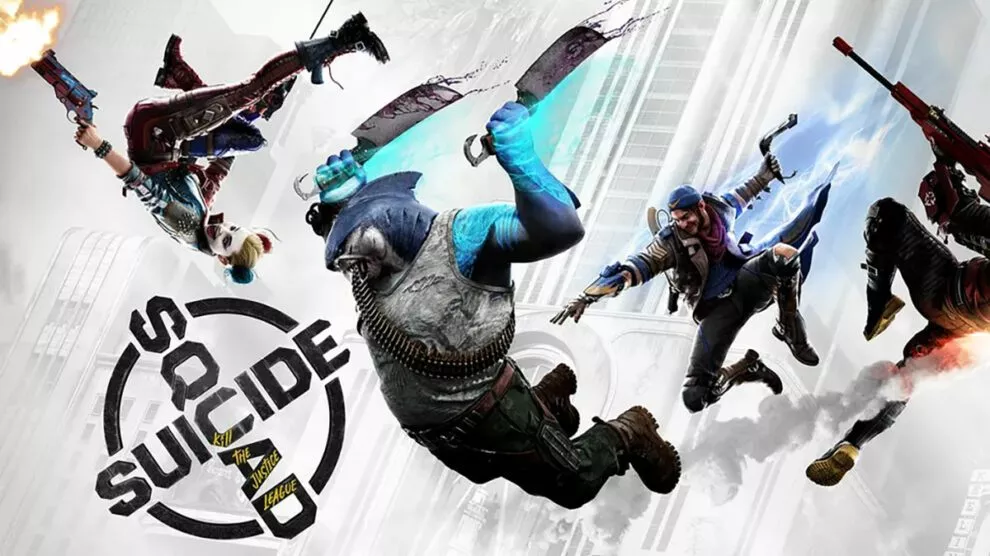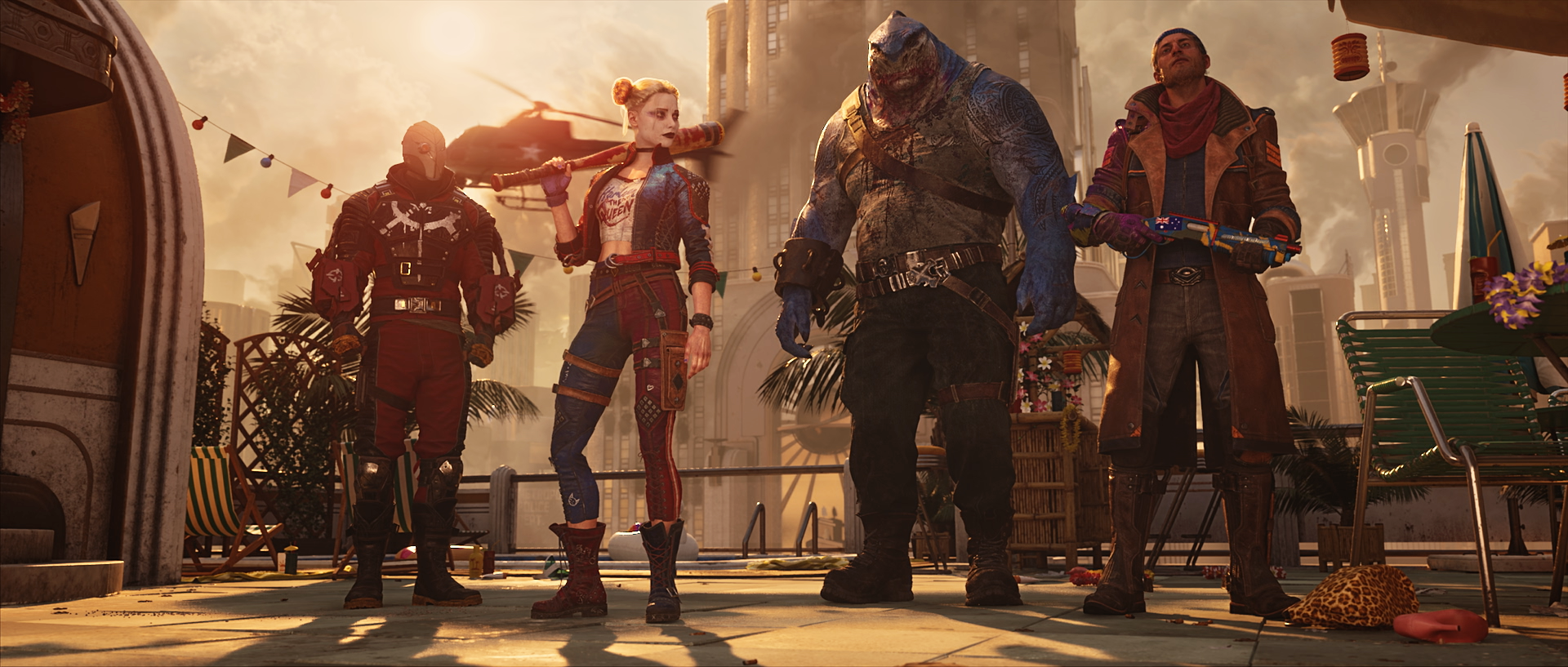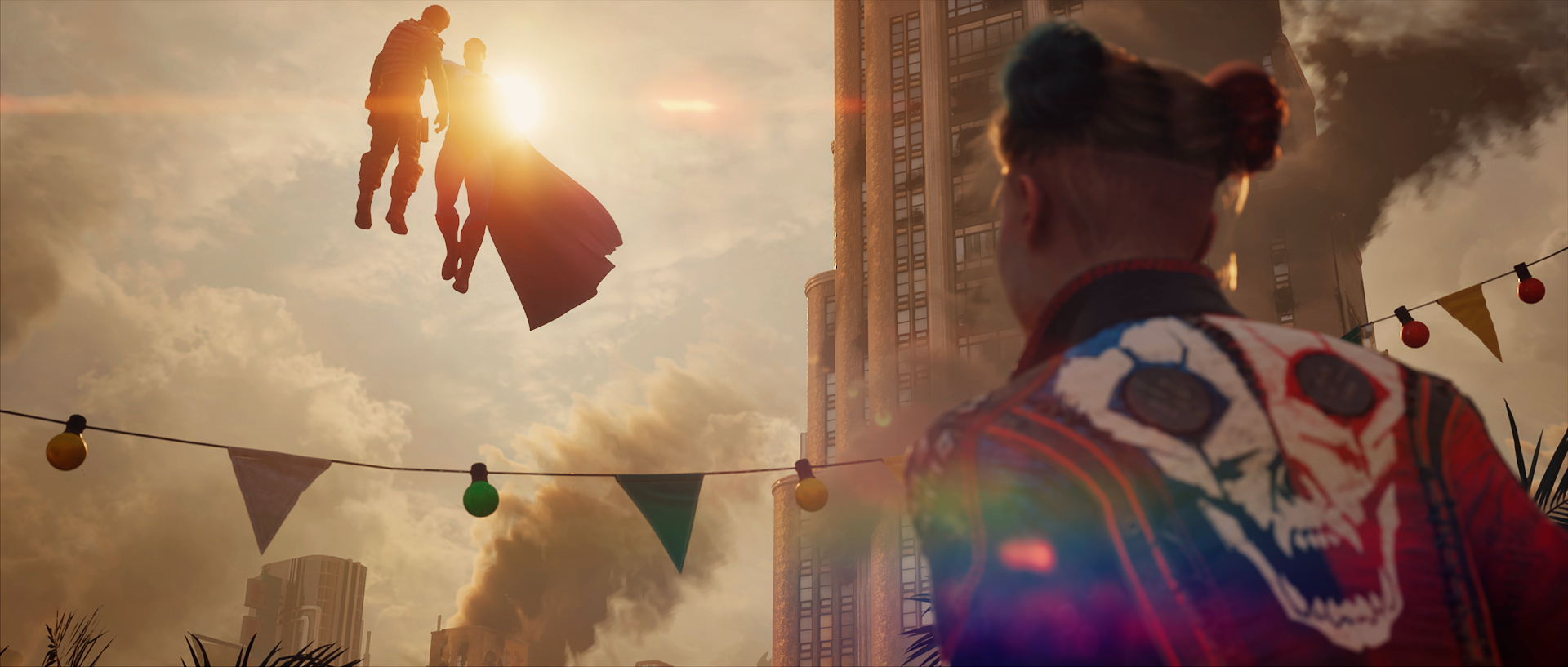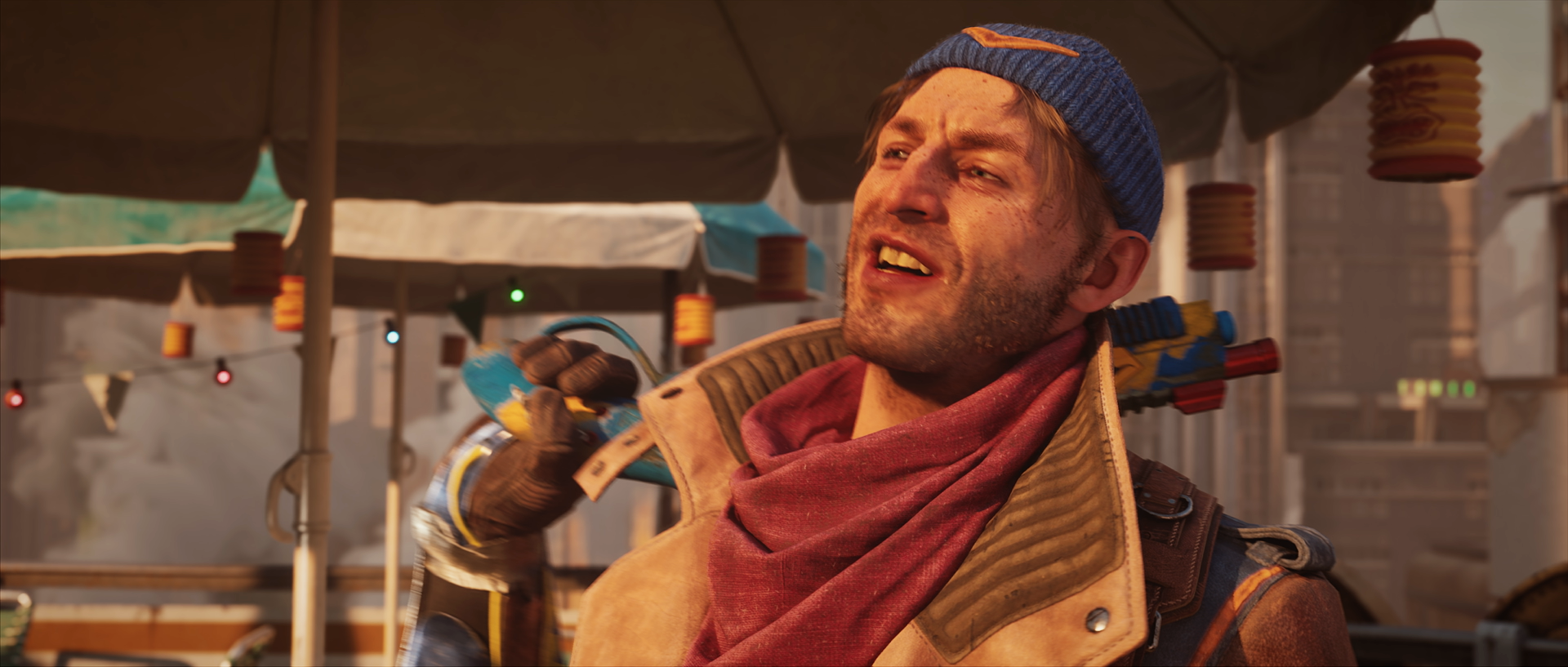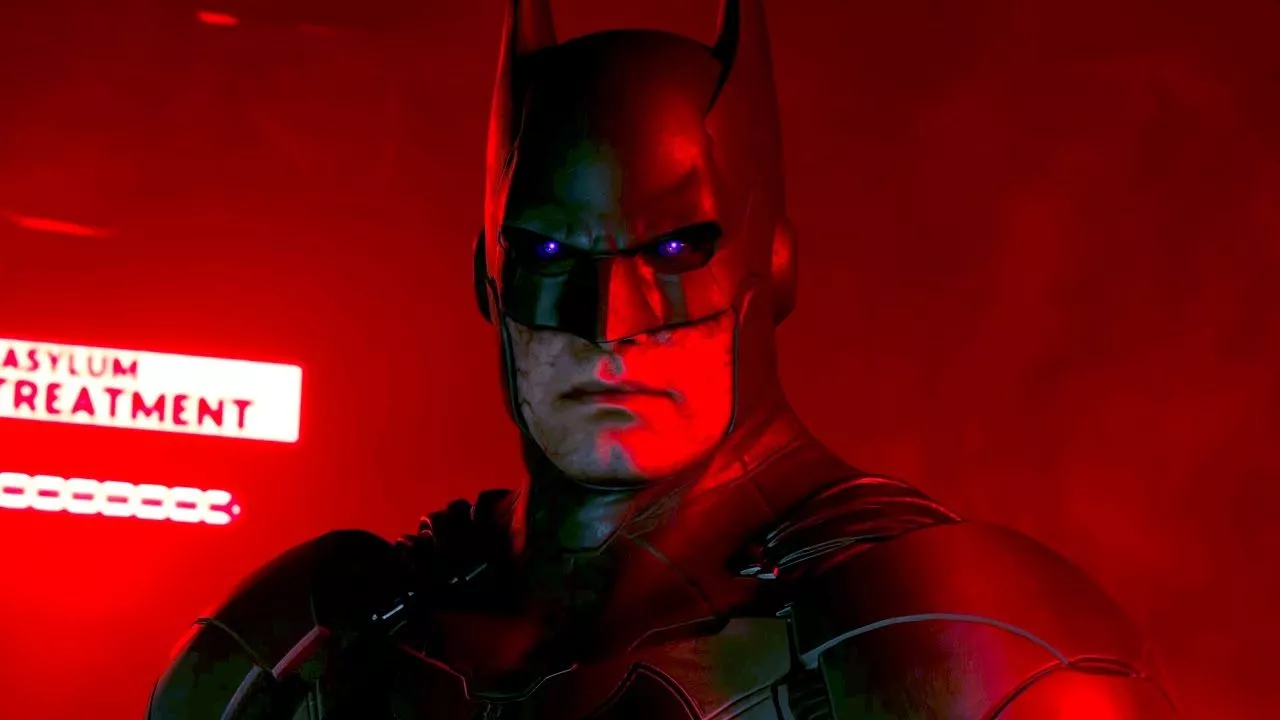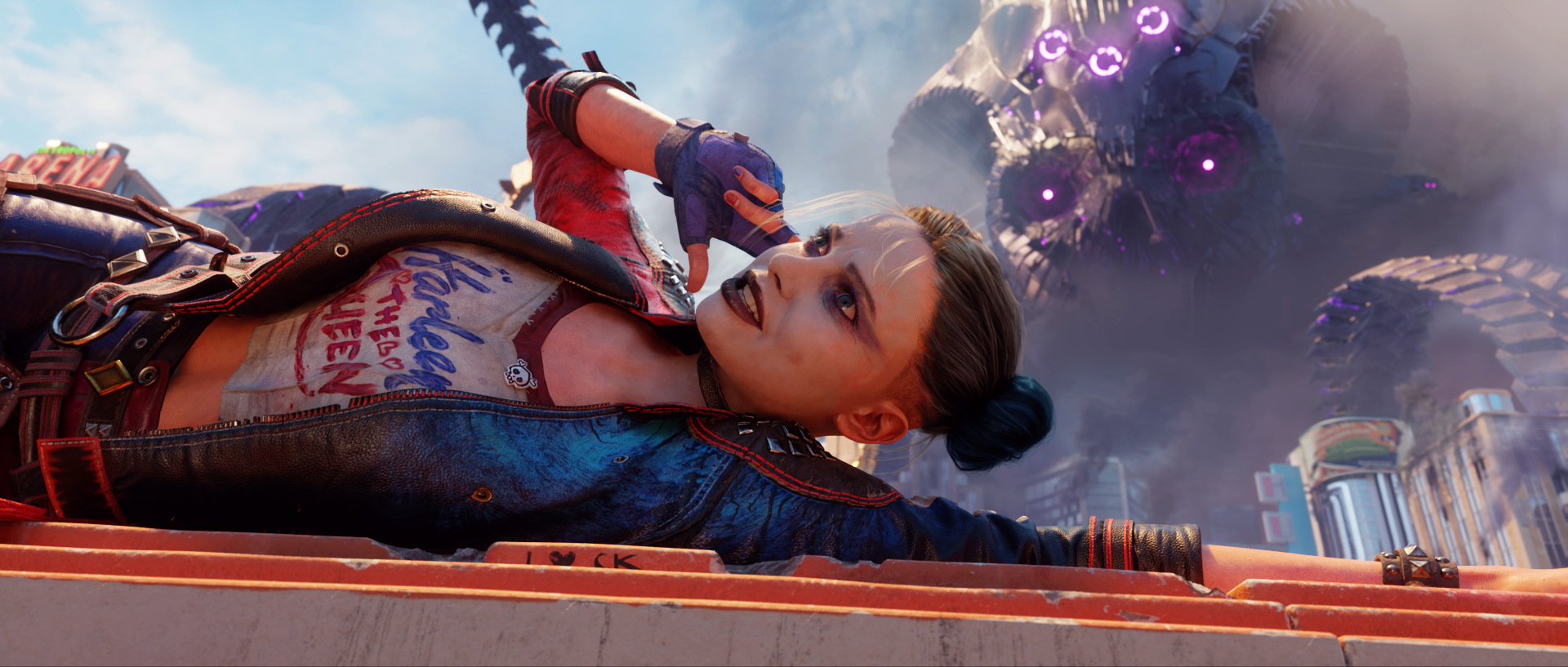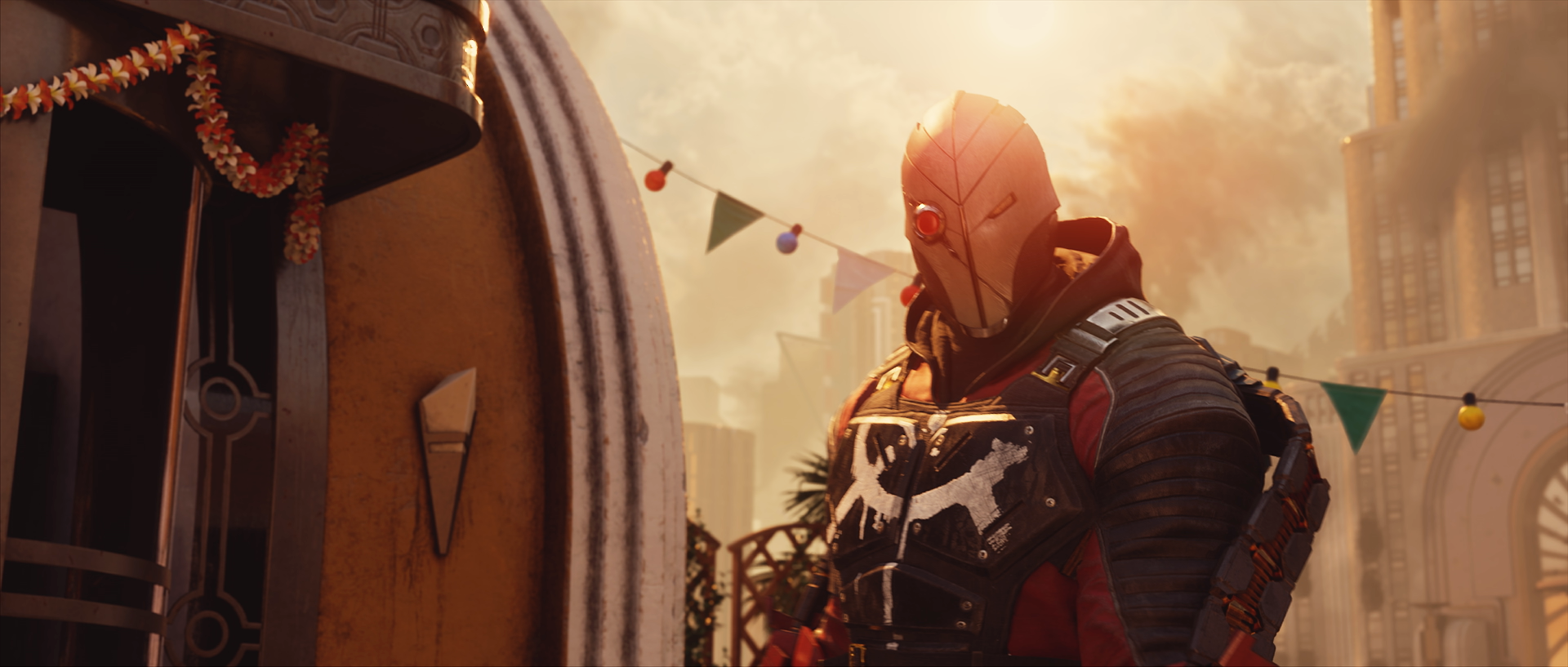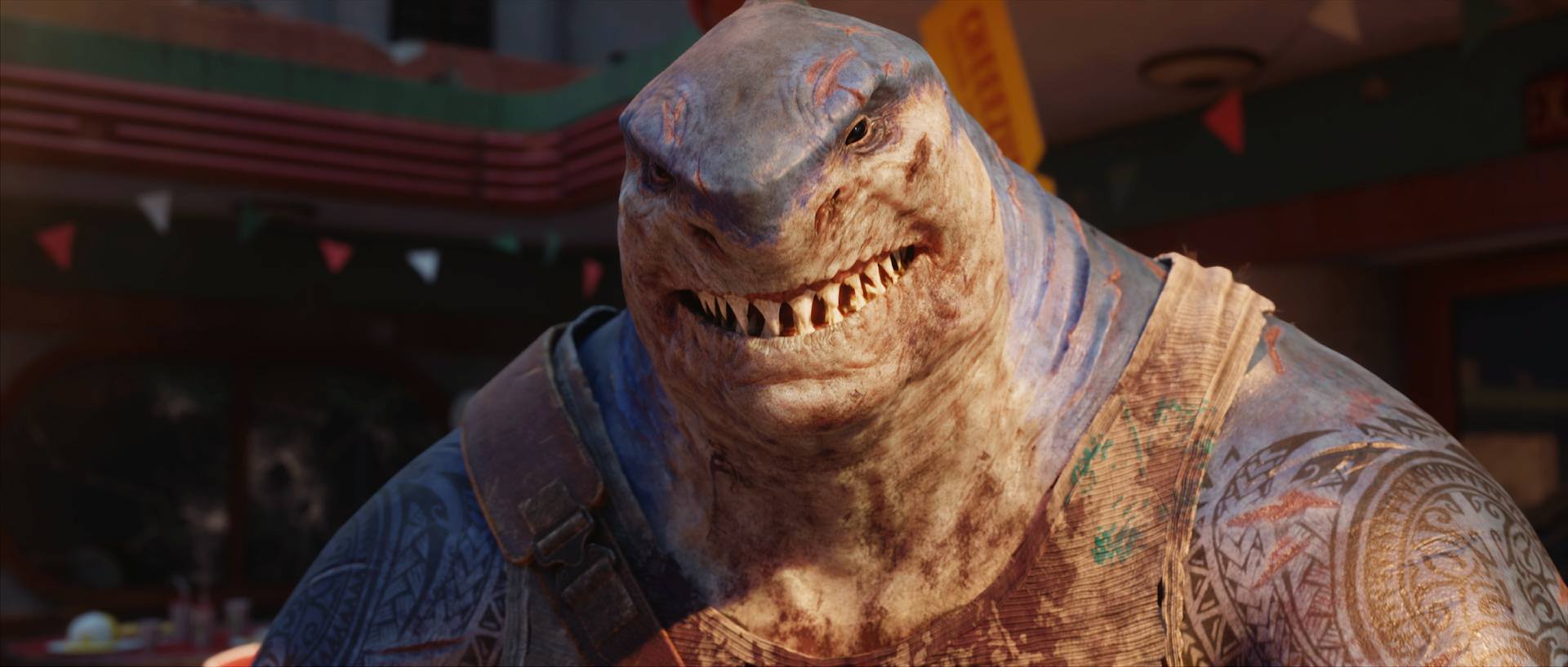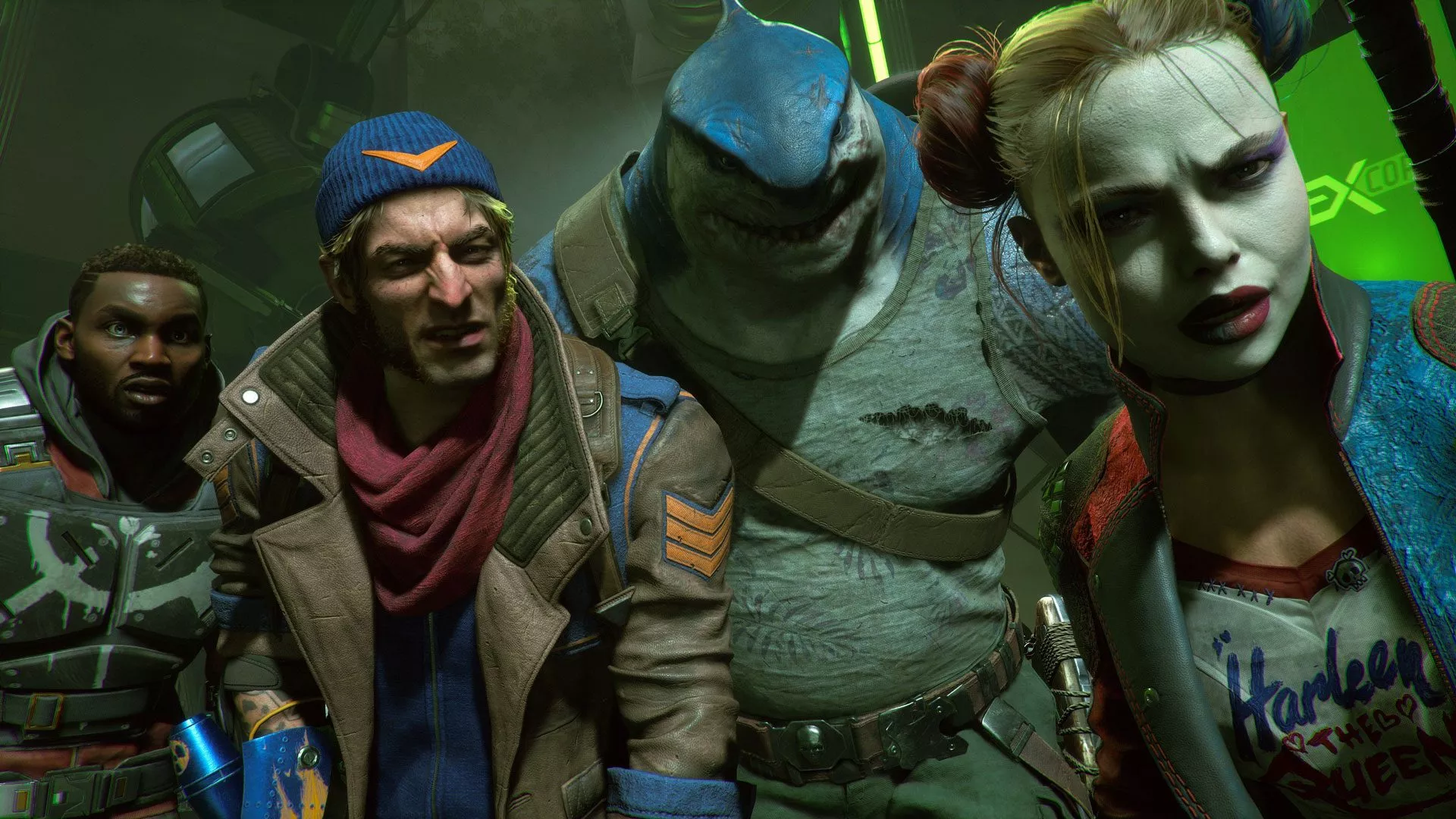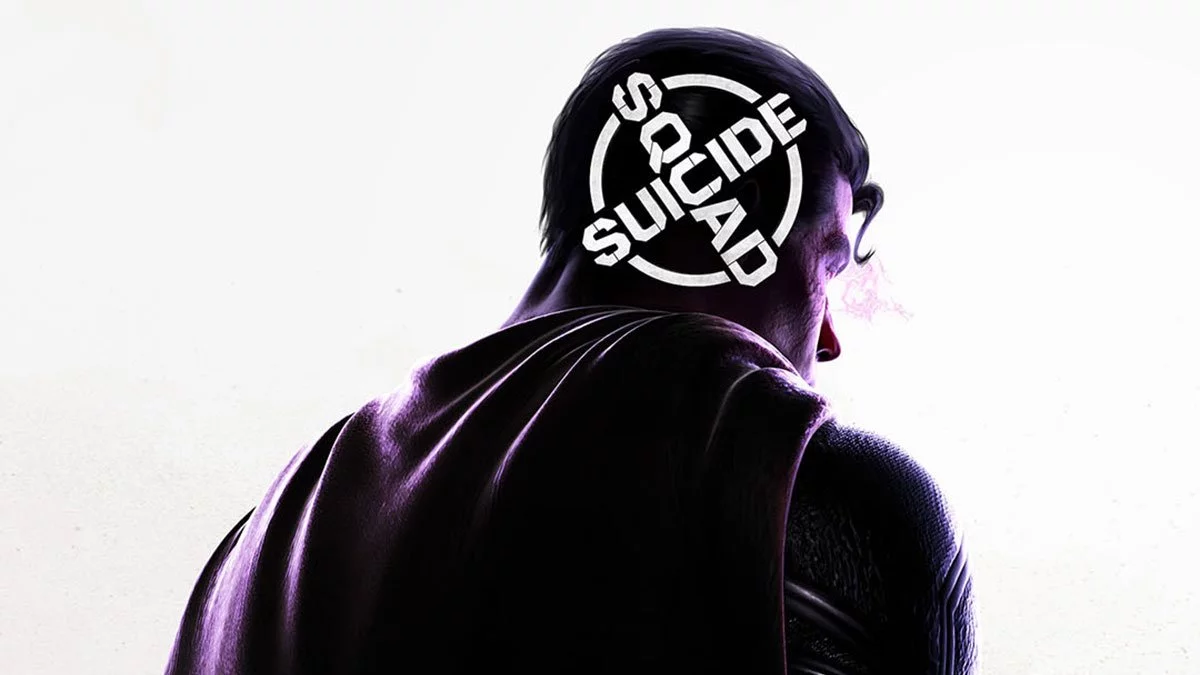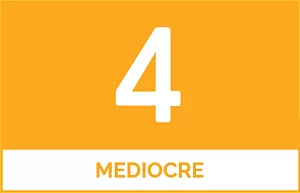A bad game about bad guys.
All it took was to get through the tutorial prologue to realise how unlikable Suicide Squad Kill The Justice League could be. Set a few days before the start of the campaign propper, the opening minutes of Rocksteady’s latest DC title have you completing various short tutorial missions intended to give the player a preview of each playable character and their varied abilities.
Harley uses a stolen bat claw to swing from a bat drone and grapple to building ledges like a reject web-swinging Spider-Man, Deadshot is equipped with a jetpack and can awkwardly fly for short periods of time like a reject gliding Spider-Man, King Shark can jump high and far with the grace of a superhero jumping reject Spider-Man, and Boomerang can teleport and run super fast like… the Flash.
While swinging, flying jumping or sprinting through Metropolis may sound like a DC fan’s dream (after all Marvel fans got theirs), the sluggish way in which the characters move, their clunky presence in their environment and the totally inconsistent control scheme spread across the four anti-heroes makes Kill the Justice League instantly frustrating to play from the first few minutes. Sadly, as these traversal abilities are your tools for moving about Metropolis that frustration compounds with every hour that follows.
All characters operate with a mix of ranged weapons and melee attacks and combat has some decent ideas thrown in. An alternative counter fire button can be used when enemies light up yellow, and causes massive ranged damage; firing bullets into baddies legs puts them in a state that causes them to drop shield pickups if then killed with melee attacks. On paper, this probably sounded excellent. In practice it’s pretty disastrous.
The former is often awkward to get the timing right and missing your target subjects the player to an annoying cool down, and the latter is infuriating as leg shots don’t only put enemies in their shield drop state but also often causes them to fall off buildings which forces you into using horrible traversal mechanics in order to smash them for the shield pickups you were gunning for in the first place.
Speaking generally, fight sequences consist of a mix of stopping to get your bearings — due to a constant challenge of trying to figure out where your opponents are — and not wasting your very limited ammo by shooting at your squadmates, who (at least as bots) often appear out of nowhere. While some side missions bring some fresh ideas — or at least fresh takes on old ideas — most loot gained from completing them results in gear that’s often no better than what you’re already carrying.
Each character is also (eventually) given access to a few special attacks which are meant to be executed either with a press of both shoulder buttons or two of your controller’s face buttons, though for an unknown reason these only seem to activate 75% of the time. Again, more frustration ensues.
Equally as clunky as the controls is the vast majority of Rocksteady’s dialogue, coupled with performances themselves. It’s well known that post-Covid, it’s rare for all voice actors to be in the same studio recording dialogue at the same time. This is painfully obvious in Suicide Squad with noticeably unnatural gaps between each line and, in some instances, odd inflections that are inconsistent with the tone in the preceding line.
Tara Strong, who’s voiced Harley for many years, is the most believable of the bunch. That said, she certainly seems to have been directed differently here, channeling more of the Margot Robbie version of Harley combined with hints of Wreck-It Ralph’s Vanellope. King Shark’s ignorance is a blatant ripoff of Dave Bautista’s Drax the Destroyer with his overly literal understanding of the world around him.
With Boomerang, I’m almost lost for words. I must give props to Rocksteady for recruiting an Australian actor to play an Australian character. But shame on them for picking Daniel Lapaine who, despite his Aussie roots, still sounds like an American doing a shitty Aussie accent.
Currently, I’m roughly 9-10 hours in to Suicide Squad and I feel pretty confident I’ve seen all that it has to offer by way of gameplay. To be honest, I don’t really want to spend any more time with it. That not how this works, of course — I’ve not yet spent enough time to properly score this fairly and accurately because we received our review code three days after the refund window closed on the die-hard DC fans that forked out ridiculous sums for early access, and only 13 hours before its general release. Do what you will with that information.
Before I get back to struggling through Metropolis, it must be pointed out how sad it is that this was one of Kevin Conroy’s last performances as Batman. We’ll talk more on what Rocksteady has done to DC’s favourites in our final review… but for now just know that it’s not pretty.
Update [6 February 2024]: Now just shy of 20 hours in, the Suicide Squad campaign is behind me. After taking more time to get to know the characters abilities and frustrating control schemes I must say the game is feeling a little less clunky than it did initially. That isn’t to say that anything’s improved or it wasn’t as troublesome as initially reported; instead, I’ve just adapted to the nature of the combat and traversal having made concessions to mitigate some of the frustrations built into the mix.
While moving about Metropolis, I’ve been playing as King Shark, utilising his super jump as the most efficient — and least infuriating — means of travel. Though combat has always had me playing as Harley due to her grapple ability, making short distance travel manageable and her melee attack being the most satisfying of the bunch. During gun fights — and primarily to prevent the frustration of trying to figure out where enemies are — I’ve been constantly spamming the area scan which highlights baddies… but also kills immersion.
While the majority of the player experience remains frustrating and is far from intuitive, some aspects of the writing have since grown on me and there’s even been some pleasant surprises as the narrative progresses. At the same time, the real good guys have been pretty badly represented even when taking this narrative into consideration.
Kill the Justice League opens with an already in progress hostile takeover led by Brainiac. He’s corrupted the minds of several prominent members of the Justice League and eradicated almost all human life. With the super heroes no longer fighting for the good guys, Amanda Waller has enlisted the Suicide Squad as a last line of defence to kill the Justice League and save the planet from Braniac. To be clear, when I use the term “enlisted”, what I mean is they’ve had remote bombs implanted in their head and they’re only doing what they’re told for fear of death. It’s fairly typical world domination story with the well-known Suicide Squad origin tacked on.
Even when considering the context of the Suicide Squad narrative in that the good guys are now the bad guys, I think there will be a number of DC fans out there displeased with how these characters have been written. Please note that a few spoilers follow.
As an example, in the early stages of the game, a fight erupts between corrupted Batman and the Flash, with Batman attacking Flash in an exceptionally brutal fashion. This eventually results in Flash succumbing to Brainiac’s control, which of course not only makes Flash a bad guy, but an exceptionally unlikeable and cocky one who at one point threatens to take you for a run that so fast the wind causes your skin to be ripped from your bones.
In another very early scene, Batman is found to have brutally murdered and strung up piles of innocent people. I wont get into the things Superman gets up to, but it’s really messed up. While it would be easy to explain away that these creative choices were made to emphasise Brainiac’s influence — and also making the deaths of fan favourites more palatable — these characterisations simply don’t sit right with me. This is DC’s Justice League; it’s not The Boys, and it shouldn’t try to be.
That said, some of these brutal events do pave the way for some decent character development within the members of the Suicide Squad. As the story progresses and their plight develops, so do their personalities under the surface of their typically chaotic nature. Remembering these characters are evil, mass murdering supervillains, they show their humanity and personality during some key moments in the the narrative. This isn’t done through their dialogue — which I’ve already said is woeful — but through superb expressions of facial animations and body language.
If you actively look for it, you’ll almost always be able to spot little subtleties in characters’ faces that make them about as believable and realistic as you can get considering the setting (King Shark aside because. he’s a shark and has cold dead eyes). I know it’s a cliche and it’s a ridiculous thing to say about a game such as this, but there are a few moments where you can see the pain or worry some these characters are feeling just by their facial animations. Sadly, though, these visuals are easily overlooked due to the lack of an in-game photo mode but they’re also often overshadowed by this version of Metropolis.
Frankly, Metropolis is ugly both in aesthetics and design. Rocksteady’s versions of Gotham City have always been pleasing to the eye and fun to explore which is no mean feat considering the largely monochrome art deco look its known for. That’s precisely why it’s so disappointing that Metropolis offers very little stimulation to the eye. You definitely won’t find yourself stopping to enjoy the view.
Instead, you’ll find yourself cursing the excessively varied topography of the city, which as stated previously is incredibly frustrating to move about due to the four characters having very limited means covering long distances or gaining any meaningful height. It’s so bad that even Harley often verbally abuses her stolen bat drone for its limitations. I know I’ve already mentioned it, but traversal is such an important part of a game like this. How it’s been executed so poorly is infuriating, especially when other games have nailed it in the past. Spider-Man has of course set a high standard but even the Infamous and Prototype series nailed large-scale traversal years ago.
Generally speaking, Kill the Justice League has you moving about the city, completing various missions which generally consist of either killing everything, killing everything while defending something, killing everything while retrieving and delivering something, or killing everything with self-destructing flying vehicles. Some depth is added to certain missions which feature modifiers such as enemies only being damaged by Afflictions (elemental attacks), or enemies only being damaged by critical hits and healed by all non critical damage. These do add some variety but largely the game feels pretty samey overall and the padding is painfully obvious.
The same applies to the boss fights against certain Justice League members. While these fights are varied by the superpowers of the enemy in question, you’ll use the exact same strategy for three of the five. Otherwise, one will die in a cut scene, and the final battle against Brainiac is largely a cut and paste job of a battle you’ve already fought earlier in the game.
As for the multiplayer component, this four player co-op shooter is actually best played solo as there doesn’t seem to be any benefit of playing with others. When knocked down, bots in control of your three comrades will consistently come to your rescue within just a few seconds and will revive you a limited number of times before a mission is considered a failure.
Whereas with real players, it’s difficult to know when one of your mates needs help and KO’s can easily go unnoticed. In addition, during almost every online game a noticeable lag put a damper on things with many enemies either not moving or reacting to gun fire, and on occasion completely disappearing in front of my eyes.
Before I sum this up, I think it’s important to address my earlier comments regarding the late Kevin Conroy following the rather moving tribute to him at the end of the game. While I maintain it is disappointing that one of Conroy’s last portrayals as the Caped Crusader is in a game that doesn’t feel true to the DC universe, and one that that certainly doesn’t hold a candle to Rocksteady’s previous Batman games, Conroy’s performance itself is as notable and iconic as always.
Suicide Squad Kill the Justice League could have been something great. The quality character visuals, one or two laugh-out-loud jokes and some interesting takes on supervillain humanity are sadly overshadowed by repetitive missions, frustrating controls, and unsatisfying combat. It feels as though very early on in development the game’s intended direction was lost and it very quickly became too late for Rocksteady to get it back on track.
Suicide Squad Kill The Justice League was reviewed using a promotional code on PS5, as provided by the publisher. A code on Xbox Series X was also provided to Stevivor for supplementary coverage. Click here to learn more about Stevivor’s scoring scale.
This article may contain affiliate links, meaning we could earn a small commission if you click-through and make a purchase. Stevivor is an independent outlet and our journalism is in no way influenced by any advertiser or commercial initiative.


